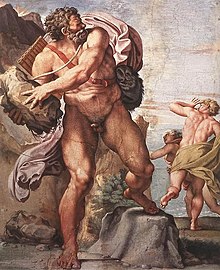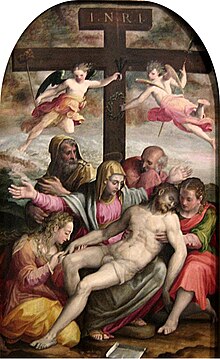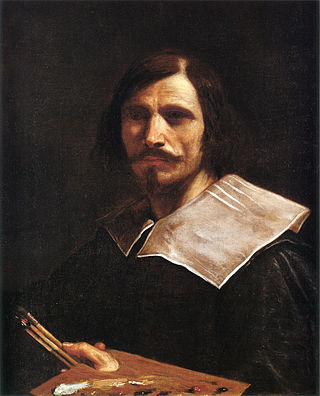
Giovanni Francesco Barbieri, better known as (il) Guercino, was an Italian Baroque painter and draftsman from Cento in the Emilia region, who was active in Rome and Bologna. The vigorous naturalism of his early manner contrasts with the classical equilibrium of his later works. His many drawings are noted for their luminosity and lively style.

Annibale Carracci was an Italian painter and instructor, active in Bologna and later in Rome. Along with his brother and cousin, Annibale was one of the progenitors, if not founders of a leading strand of the Baroque style, borrowing from styles from both north and south of their native city, and aspiring for a return to classical monumentality, but adding a more vital dynamism. Painters working under Annibale at the gallery of the Palazzo Farnese would be highly influential in Roman painting for decades.
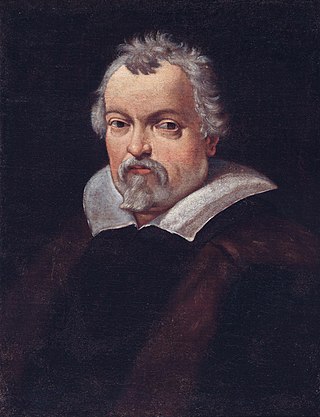
LudovicoCarracci was an Italian, early-Baroque painter, etcher, and printmaker born in Bologna. His works are characterized by a strong mood invoked by broad gestures and flickering light that create spiritual emotion and are credited with reinvigorating Italian art, especially fresco art, which was subsumed with formalistic Mannerism. He died in Bologna in 1619.
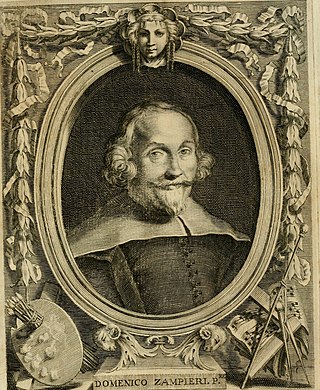
Domenico Zampieri, known by the diminutive Domenichino after his shortness, was an Italian Baroque painter of the Bolognese School of painters.
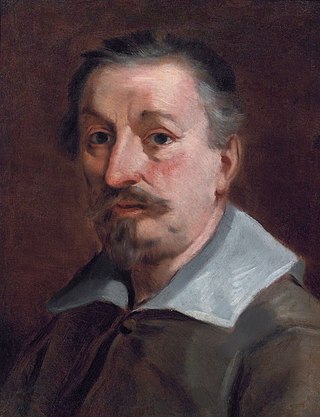
Francesco Albani or Albano was an Italian Baroque painter of Albanian origin who was active in Bologna (1591–1600), Rome (1600–1609), Bologna (1609), Viterbo (1609–1610), Bologna (1610), Rome (1610–1617), Bologna (1618–1660), Mantova (1621–1622), Roma (1623–1625) and Florence (1633).

Giovanni Battista Salvi da Sassoferrato, also known as Giovanni Battista Salvi, was an Italian Baroque painter, known for his archaizing commitment to Raphael's style. He is often referred to only by the town of his birthplace (Sassoferrato), as was customary in his time, and for example seen with da Vinci and Caravaggio.

Carlo Cignani was an Italian painter. His innovative style referred to as his 'new manner' introduced a reflective, intimate mood of painting and presaged the later pictures of Guido Reni and Guercino, as well as those of Simone Cantarini. This gentle manner marked a break with the more energetic style of earlier Bolognese classicism of the Bolognese School of painting.

Giovanni Lanfranco was an Italian painter of the Baroque period.

The Basilica of San Domenico is one of the major churches in Bologna, Italy. The remains of Saint Dominic, founder of the Order of Preachers (Dominicans), are buried inside the exquisite shrine Arca di San Domenico, made by Nicola Pisano and his workshop, Arnolfo di Cambio and with later additions by Niccolò dell'Arca and the young Michelangelo.

Domenico Maria Canuti was an Italian painter of the Baroque period, active mainly in Bologna and Rome. He was a major painter of fresco decorations. His ceiling decorations showed a mix of Bolognese and Roman influences.

The collections of the Pinacoteca Comunale di Cesena, in Cesena, Italy, contain works by:

Italian Baroque art is a term that is used here to refer to Italian painting and sculpture in the Baroque manner executed over a period that extended from the late sixteenth to the mid eighteenth centuries. Italian Baroque architecture is not covered.

The Galleria Estense is an art gallery in the heart of Modena, centred around the collection of the d’Este family: rulers of Modena, Reggio and Ferrara from 1289 to 1796. Located on the top floor of the Palazzo dei Musei, on the St. Augustine square, the museum showcases a vast array of works ranging from fresco and oil painting to marble, polychrome and terracotta sculpture; musical instruments; numismatics; curios and decorative antiques.
Roger de Piles's L'Abrégé de la vie des peintres...avec un traité du peintre parfait, was a major art biography of painters. It was written by the French spy Roger de Piles. In 1692, during the War of the League of Augsburg, he was arrested in the Hague carrying a false passport and imprisoned for the next five years, where he wote his L'Abrégé in 7 parts; 1) Sketch of the perfect painter, 2) Greek painters; 3) Painters from Rome & Florence; 4) Painters from Venice; 5) Painters from Lombardy; 6) Painters from Germany and the Low Countries; 7) Painters from France and ending with his famous "Balance of painters". The book was finally published in 1699 following his appointment as Conseiller Honoraire to the Académie de peinture et de sculpture in Paris.

The Carracci were a Bolognese family of artists that played an instrumental role in bringing forth the Baroque style in painting. Brothers Annibale (1560–1609) and Agostino (1557–1602) along with their cousin Ludovico (1555–1619) worked collaboratively. The Carracci family left their legacy in art theory by starting a school for artists in 1582. The school was called the Accademia degli Incamminati, and its main focus was to oppose and challenge Mannerist artistic practices and principles in order to create a renewed art of naturalism and expressive persuasion.
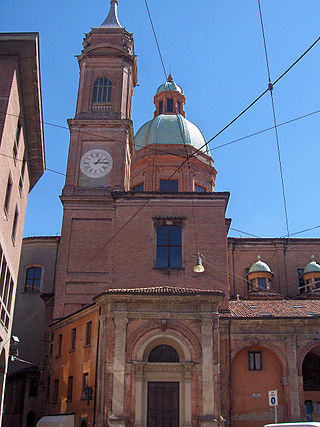
Santi Bartolomeo e Gaetano is a Renaissance style, Roman Catholic church in central Bologna; it is located near the Two Towers, adjacent to the Strada Maggiore.

The Galleria Spada is a museum in Rome, which is housed in the Palazzo Spada on Piazza Capo di Ferro. The palazzo is also famous for its façade and for the forced perspective gallery by Francesco Borromini.

The Palazzo Legnani Pizzardi, also known as Palazzo Pizzardi e Volta or just Palazzo Pizzardi, is a Renaissance style palace located on Via d'Azeglio #38, corner with Via Farini, in central Bologna, Italy. In 2015, the palace housed the Tribunal of Bologna.

Santa Cristina or Santa Cristina della Fondazza is a deconsecrated Roman Catholic church and adjacent former convent, located on Piazzetta Morandi in central Bologna, region of Emilia Romagna, Italy. Since 2007, the barrel-vaulted church has served as a performance hall for concerts, mainly of choir and classical formats, while the convent houses the Department of Visual Arts of the University of Bologna.

